
Fanté Guides
Designed by qualified athletes and nutritionists to provide you with reliable and practical information. Here you'll find evidence-based tips, routines, and recommendations designed to help you improve your performance, take care of your nutrition, and achieve your goals safely and effectively.

Oral health is more important than you think for your quality of life as an athlete. We're not just talking about oral pathologies and complications, but how it directly affects your overall well-b...

When we exercise, there's a common misconception that fasting will improve our performance, but what we don't realize is that this can be detrimental. We'll share the keys to improving your perform...
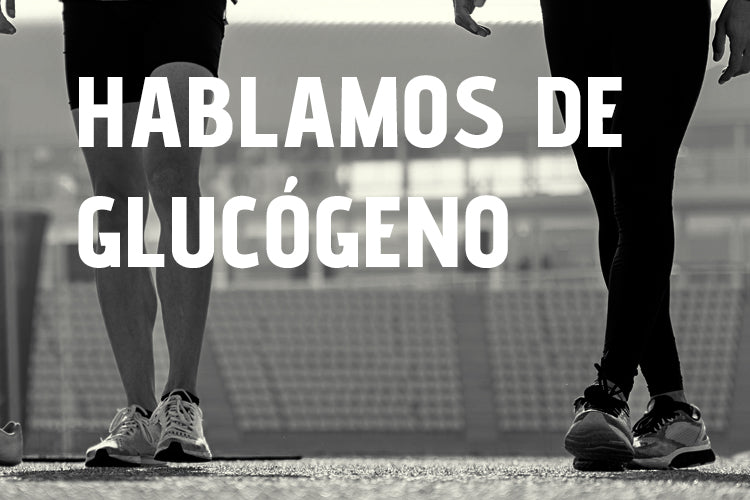
Various strategies such as cold water immersion, active recovery, compression garments, massage, and electrical stimulation are currently being used to improve athlete recovery. However, muscle gly...

To understand the importance of timing CHO intake, it is necessary to understand the two phases of CHO resynthesis. Thus, various studies have indicated that glycogen resynthesis after exercise occ...

Is there a glycogen threshold?
Deliberate training with reduced carbohydrate (CHO) availability to enhance resistance training-induced skeletal muscle metabolic adaptations (i.e., the 'train low, race high' paradigm) is a hot to...
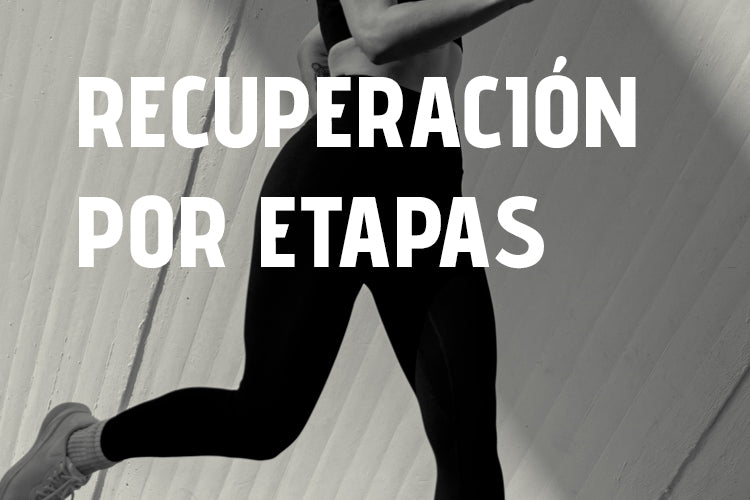
A major challenge in multi-stage races, such as Grand V cycling tours and the Marathon des Sables, is maintaining adequate carbohydrate availability. This is because we quickly deplete carbohydrate...

Triglycerides and improved oxygen transport
VO2 max shows limited improvement. However, other related variables such as ventilatory efficiency and, therefore, energy efficiency, or the capacity for energy production through oxidation, have s...

In the hours and days following a workout, you "recover," and your performance capacity returns to normal (and may even improve). The length of this process depends on many factors, including, of c...

Ketogenic diet and metabolic flexibility
The quintessential pseudoscience diet, supported primarily by a 1980s study involving Alaskan Malamute dogs and horses.
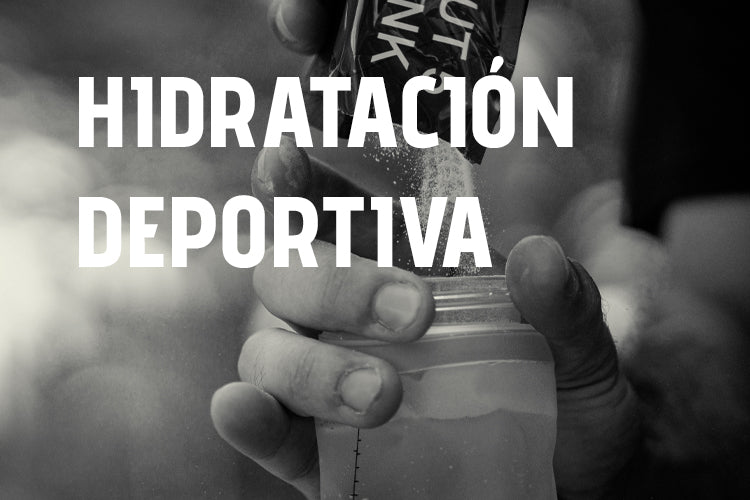
Dehydration is very common and can affect performance. Overhydration, although less common, can be a much more serious problem. Knowing how to hydrate properly will help you achieve peak performanc...

Calculating your dehydration rate
Determine your fluid needs during exercise, whether you're running a marathon, competing in a long-distance triathlon, or playing a game of basketball or soccer.
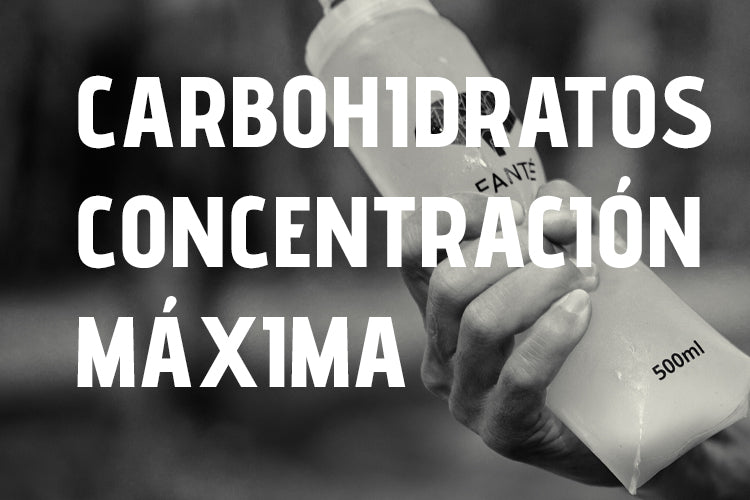
Maximum tolerable concentration in a carbohydrate drink
Using powdered carbohydrates is an optimal strategy for improving performance per unit of time. It allows us to pack a high amount of carbohydrates into a small space. But this doesn't serve as an ...
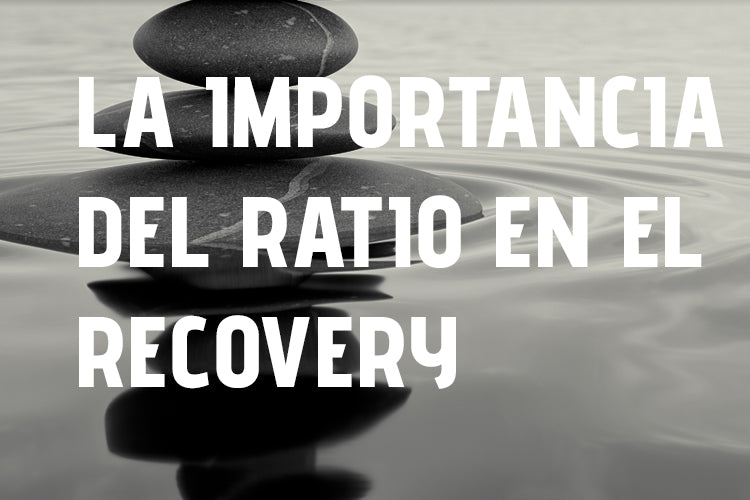
The importance of the ratio in the recovery
Currently, no brand on the market differentiates between recovery with fast- or slow-assimilating carbohydrates. Current scientific evidence supports a 2:1 ratio when it comes to recovery.

Examples of nutrition and post-recovery after periods of sports hiatus

Back to routine, we give you examples of healthy diets to get back to the initial state and return to training
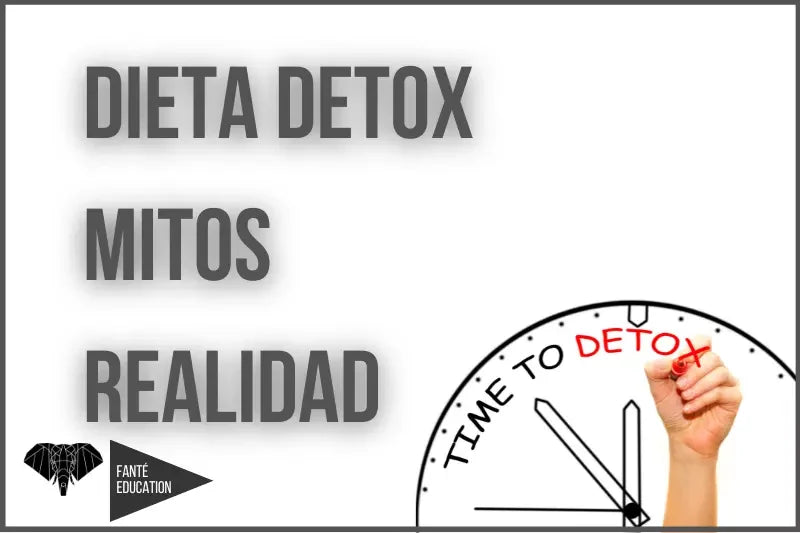
The detox diet is a surefire way to endanger your health. We'll tell you what you should do if you want to cleanse your liver.

How do we improve our energy levels? We'll give you the keys to improving your metabolic efficiency and becoming a better athlete.
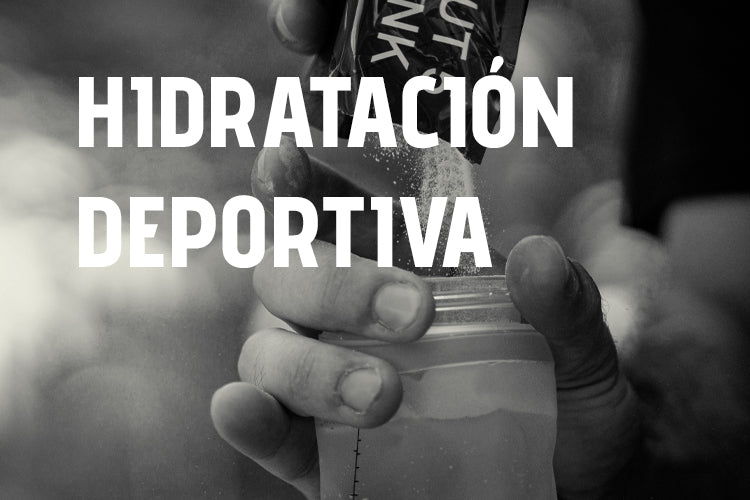
Analysis of minimum water requirements during the winter season

How to choose an isotonic drink?
Key differences when choosing an isotonic drink and what we should take into account when buying one isotonic drink or another.

Amounts of salts that we should consume
Not only is sodium important for our hydration and performance, but potassium, magnesium and calcium are key.

When we talk about performance, we're talking about functional threshold power. We'll explain how to do it correctly.

Once we have the functional power threshold, we must know how to use this data.

The keys to controlling volume and intensity the week before a race
